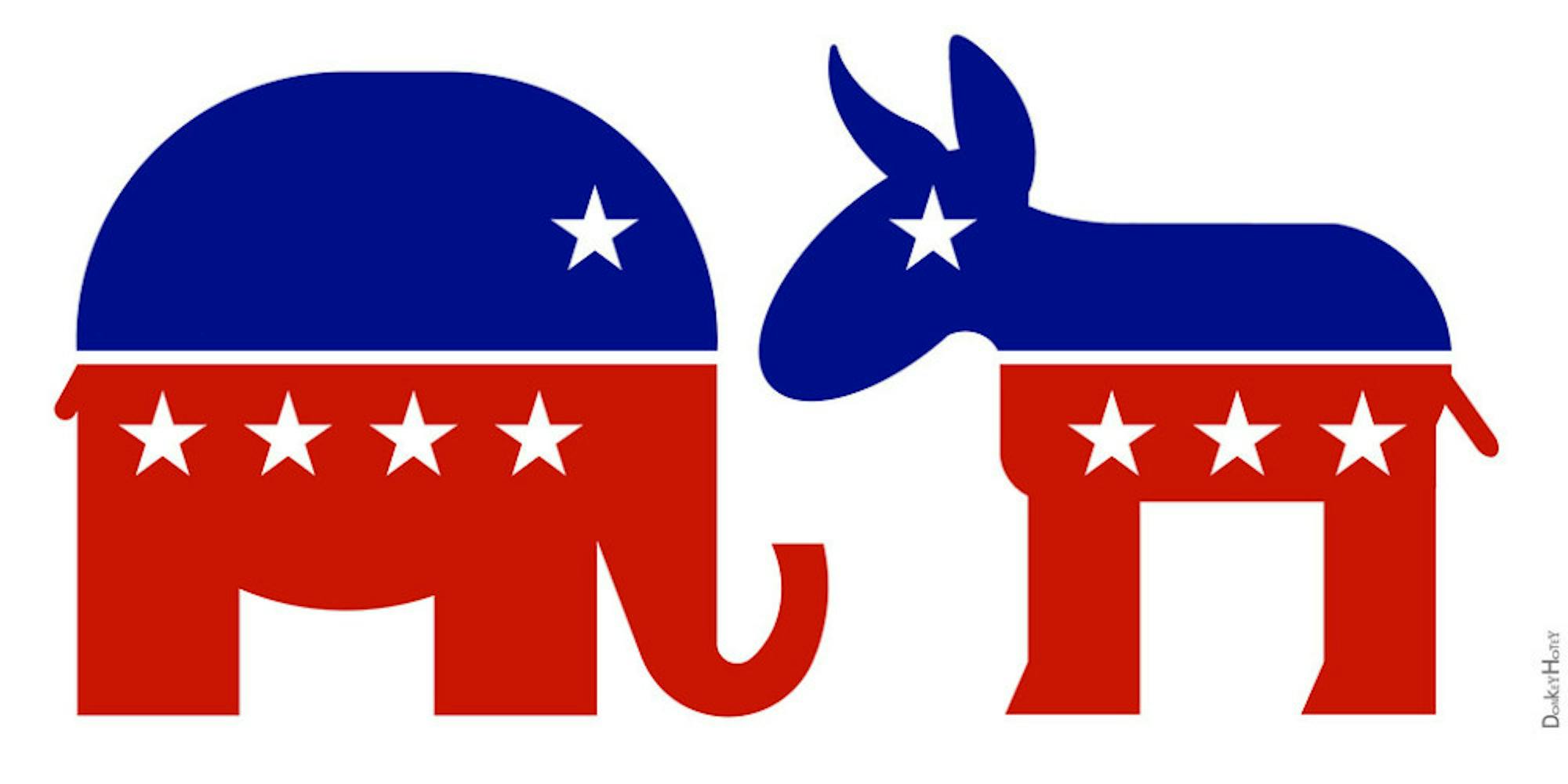
In the aftermath of Election Day last year, Democrats performed worse than expected in key races in New Jersey and Virginia. As the 2022 midterm elections approach, the results of last November’s elections call Democrats’ ability to maintain control of Congress into question, as the party in power historically loses seats. If the Democratic Party wants to hold on to power, they need to focus on winning over moderate voters, rather than moving further to the left.
The gubernatorial races in New Jersey and Virginia show how moderate voters will be key. These states have voted for the Democratic candidate in each presidential election since 2008. However, this year, when incumbent Gov. Phil Murphy (D-N.J.) ran for re-election against Republican candidate Jack Ciattarelli, it was a very tight race, although Murphy did end up winning. The Virginia governor’s race resulted in a huge upset, with Republican Glenn Youngkin beating former Democratic Gov. Terry McAuliffe and Republicans capturing the state House of Delegates. Both of these states have a significant portion of suburban voters that likely played a role in deciding these elections.
In modern American politics, moderate suburban voters are the key to winning elections. Between 2016 and 2020, the Democrats increased their lead among moderates from 12 to 30 points. In the shadow of 2020, Democrats had hoped to use widespread disapproval of former President Donald Trump to their advantage once again. However, there’s a faction of the Republican Party that is thwarting this plan by disassociating from Trump, such as Rep. Liz Cheney (R-Wy.). By distancing themselves from the former president, they hope to reinvent themselves as a centrist alternative that will appeal to moderates.
Unlike Democrats, Republicans are succeeding at gaining more votes by campaigning on issues that are relevant to suburban voters. This demographic tends to be middle-class, white voters with college degrees. In Virginia, Youngkin succeeded at targeting these voters by focusing his campaign on education, a topic that matters to college-educated parents. Similarly, by centering his campaign in the New Jersey race on taxes, Ciatrelli was able to target a similar demographic of voters who are more affluent than other Democratic voters. Republicans will continue to win back votes from the moderate, anti-Trump segment of their party.
While progressivism is on the rise in some urban districts, most of the voters that swing elections still tend to be suburban moderates. While progressives make up about half of Democratic voters, Democratic candidates do not need to waste time winning over their votes. Even if a moderate Democrat runs, progressives are still going to vote for them over the Republican alternative, which would be even further from their ideology.
The Democrats may have hoped that they had won over the suburbs for good in the aftermath of the 2016 election, but they only succeeded in fostering antipathy toward Trump, rather than all Republicans. Now that Trump is not on the ballot, Democrats can no longer rely on the strong opposition to the former president to win. Instead, they need to run on platforms that appeal to swing voters. These voters tend to fall in the center of the American political spectrum, and many switched to voting for Biden when they felt that Trump had become too extreme. Democratic policies that are often viewed as too far to the left include Medicare-for-All and the Green New Deal, so candidates who do not support them are more likely to win over moderate votes.
The Democratic base will still vote for Democrats campaigning on relatively moderately platforms, but moderates won’t be won over by what they see as extremely progressive policies. For most liberals, any Democrat is better than a Republican, even if the Democrat is more moderate than they are. On the other hand, moderates could be easily persuaded to vote for a Republican candidate, especially if they feel the Democratic alternative is further to the left. Politicians who are often labeled as progressive, such as Rep. Alexandria Ocasio Cortez (D-N.Y.) and Sen. Bernie Sanders (D-Vt.), often campaign on positions that suburban voters dislike, such as their stances on taxes. Even though over the past 25 years liberals have become the majority of the Democratic Party, recent winning campaigns, such as Joe Biden’s, still get more votes from moderates than from liberals.
This November, the Democratic trifecta is on the line, and in-fighting will only increase the likelihood of losing the House or Senate. By supporting and working with moderates, the progressive faction of the party can ensure that Democrats maintain power. Appealing to the moderate base will demonstrate how the Democratic Party is committed to compromising and finding a middle ground that satisfies the majority of Americans. When an elected official is put into office, they don’t just represent the party they are a part of, but rather all their constituents.
Moderate policies often contain a lot of compromise and room for bipartisanship, which may be the key to successfully legislating. For example, as long as the Senate keeps the filibuster rule, bipartisanship will be the only way to get things done, and moderates are the key to having enough votes. If the Democratic Party wants to continue to be effective in Congress, embracing moderates will be crucial.
The gubernatorial races in Virginia and New Jersey should be setting off alarms for the Democrats, who are facing a tough upcoming midterm season, with the House and the Senate both on the line. In 2022, the Democrats must focus on winning back the moderate voting block, by running on platforms that appeal to and avoid alienating them.
Maya Rezak (25C) is from Plainview, NY.







